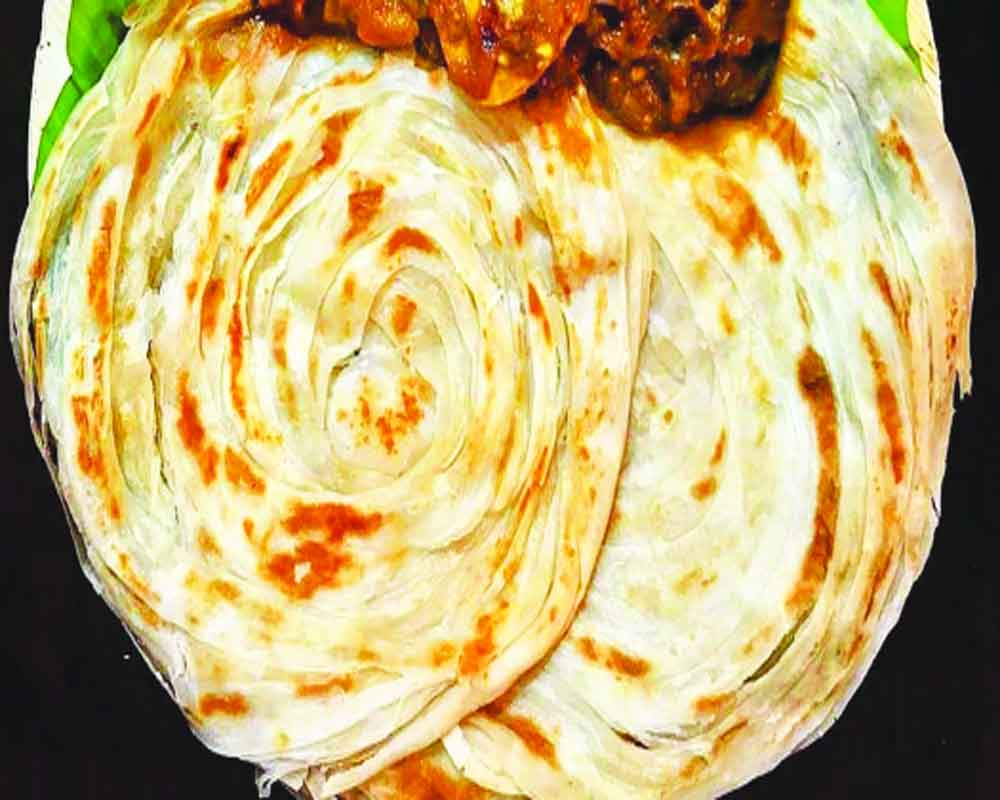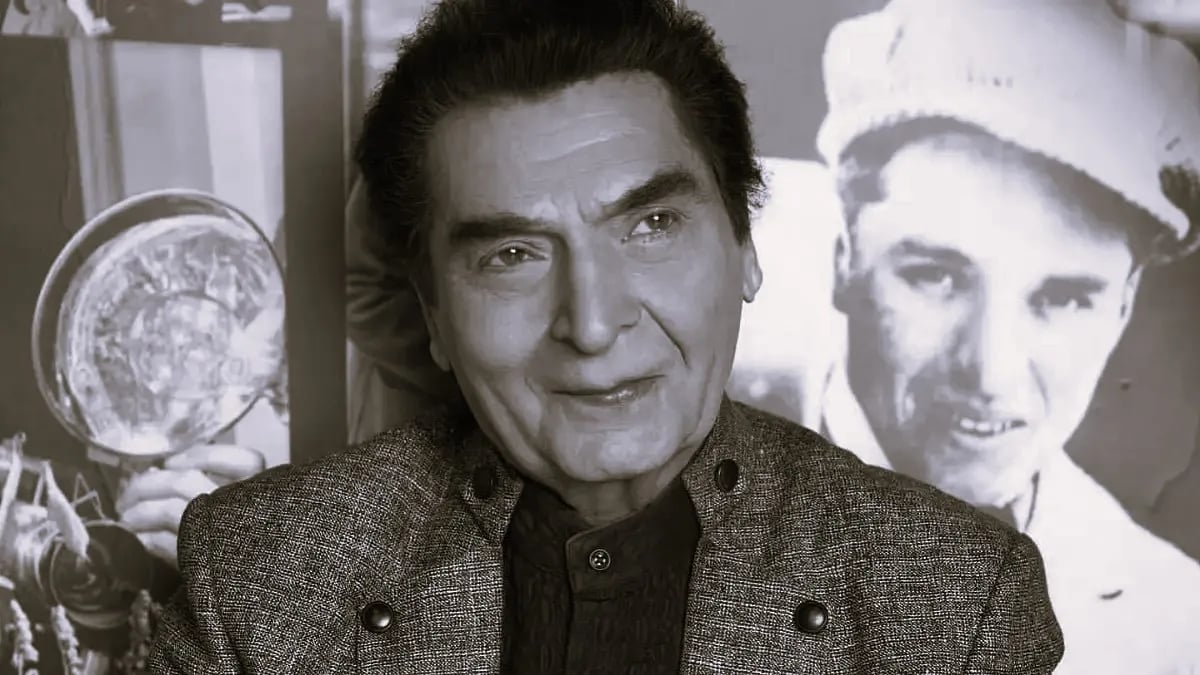Karnataka ruling on different GST slabs for common Indian flatbreads sparks a row over honouring regional choices
If the pandemic has not yet taught you the art of kneading dough, the tax authorities surely seem to be hell-bent on making you atmanirbhar. If your life still depends on ready-to-eat foods, particularly rotis and parathas, then prepare to shell out more money from your pocket or start upgrading your culinary skills. Geniuses at the Karnataka bench of the Authority for Advance Rulings (AAR) have classified the food system by categorically making the distinction between roti and parota/parotha/parontha/paratha/parantha or whatever one may call it, just so that both forms of the Indian flatbread can be taxed differently. Rotis, which can be had immediately on opening the pouch, will have five per cent GST while parathas, which need to be heated before consumption, will attract 18 per cent. But the ridiculousness of the logic doesn’t sit with the AAR, which believes that roti is an “essential” food item and, thus, would invite lower GST, while parathas are a “luxury.” The latter, it argues, has a different taste and methodology of preparation. Since when has the cooking method dictated food grades?
Going by such nitpicking logic, netizens had a field day comparing other Indian essential foods and their GST. While some wondered what would happen to the kulcha and butter naan, others debated if a further classification between vanilla and chocolate ice cream, too, was on the cards. But on a more serious note, should such definitions be left to the judgements of bureaucrats and policy makers? India’s cuisine map is more diverse than its people and it is difficult to quantify a uniform staple. Besides, food is the only democracy that works in our country. A roti, the soft and bouncy version, may be essential in some households in north India but parotta, for example, is de rigueur on the Malabar coast, where people prefer it flaky, layered and crisp. Why then not consider the layered khakra, the famous Gujarati snack, as a luxury? There can be no debate on the oil content of both as that can be regulated by the user, depending on his/her choice. So while up north, the roti without a swirl of ghee defeats its healthy nature, down south they may have a layered paratha in almost negligible oil. What then about a stuffed parotta? Would one stuffed with cottage cheese (dairy) be costlier than the one stuffed with potatoes (vegetable)? There cannot be a national diet for reference and GST should be decided on the quantity of ingredients and not whether one is soft and the other toasty. Besides, roti should be taken as a larger generic name for all types of Indian flatbreads. Further, with different slabs in the same categories of food items, it would be difficult to calculate the GST amount on a bill. More complicated than rolling out the perfect round flatbread.
(Courtesy: The Pioneer)








 OpinionExpress.In
OpinionExpress.In















Comments (0)